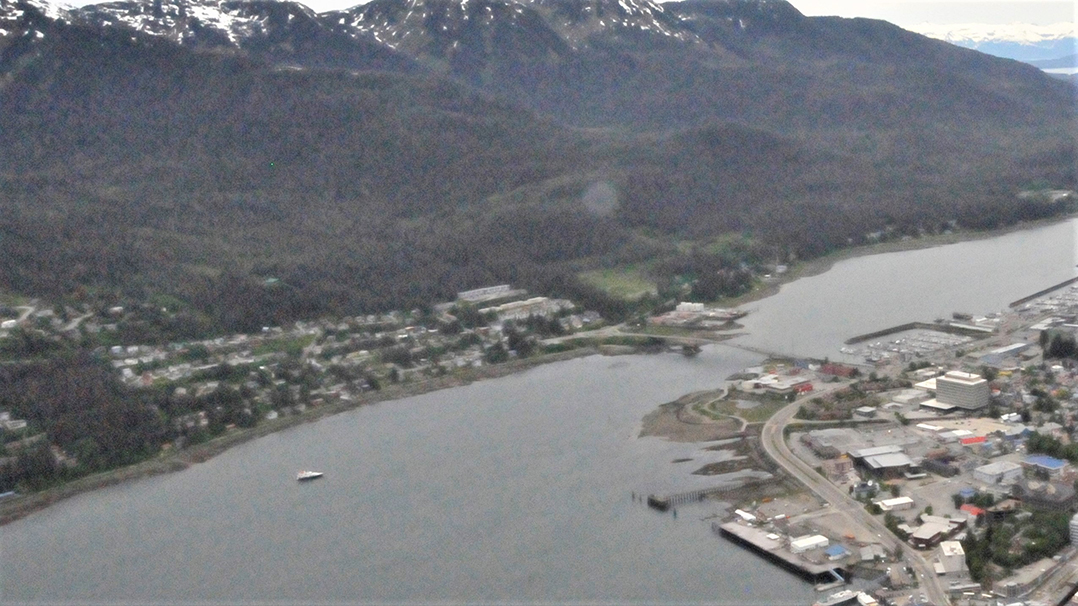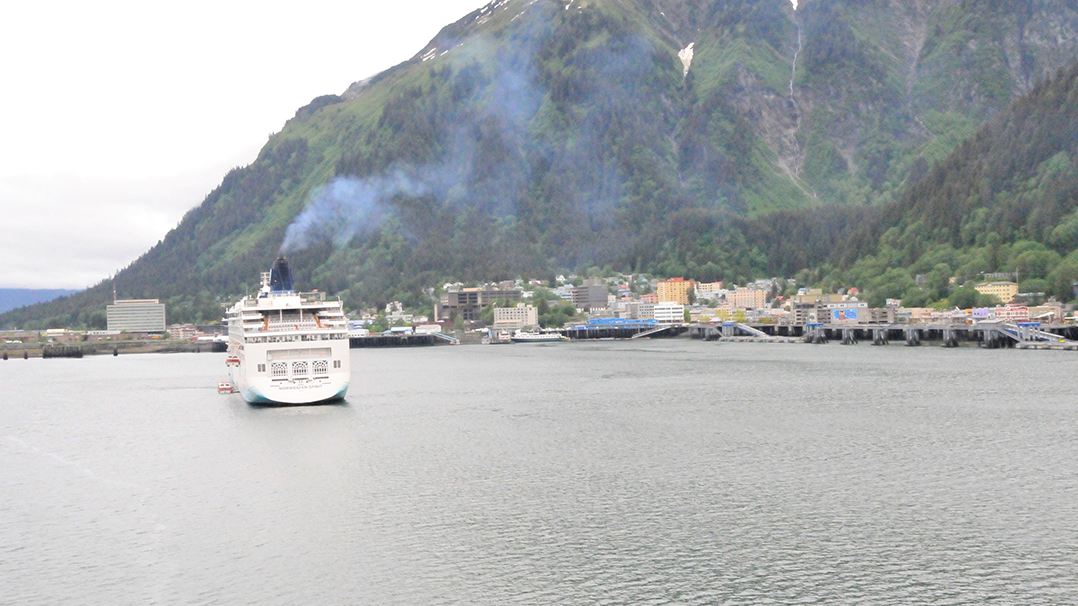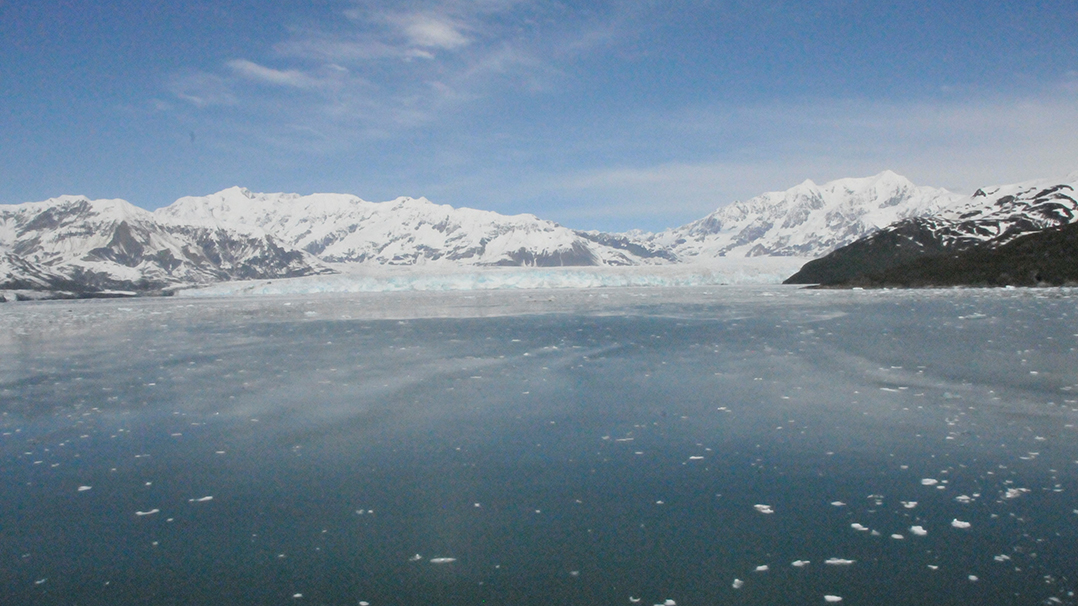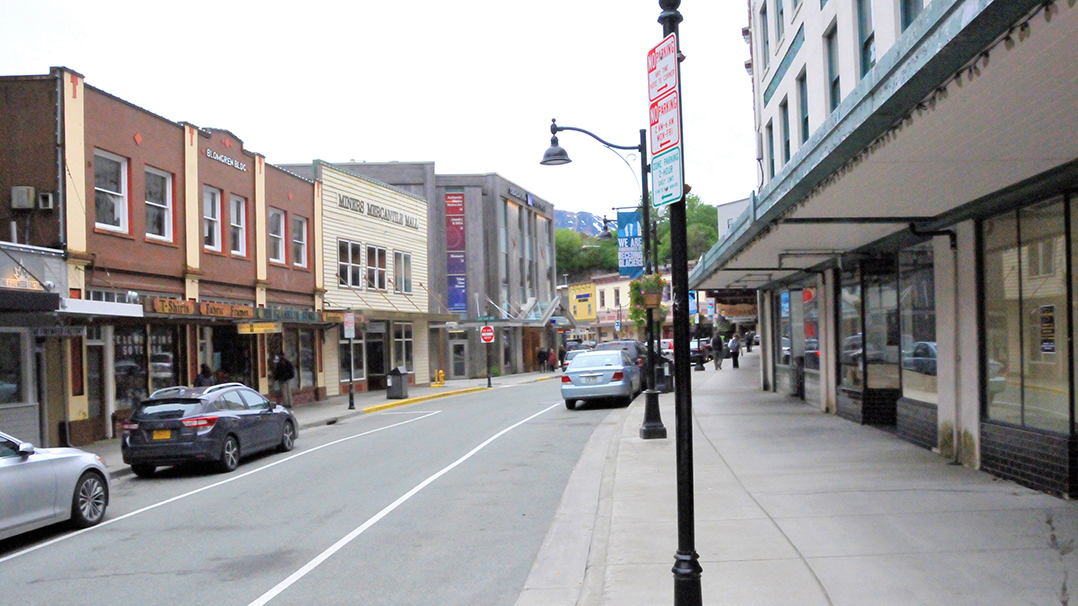Today, in our continuing tour of Alaska, we travel by ship from Seward to Juneau, Alaska’s capital, where we make the first of two stops.
Disenchantment Bay, a narrow inlet at the head of Yakutat Bay is a popular stop for cruise ships sailing to or from Seward’s well-equipped port on the Gulf of Alaska. It was named for Spanish explorer Alejandro Malaspina’s disappointment that it did not lead to the legendary Northwest Passage. Ship captains now willingly sail to the end of Disenchantment Bay to take passengers to see Hubbard Glacier, North America’s largest tidewater glacier. The 76-mile-long glacier is 7 miles wide and 600 feet high where it meets the water with 250 feet below the water line. The ice in Hubbard Glacier moves forward at about 1,000 feet per year, which means that the ice at the face is 400 years old. Some of the so-called “calves” that constantly break off and fall into the water are more than 100 feet tall, creating hazards for ships in the area.
Juneau, about 200 miles southeast of Hubbard Glacier, includes both an area lying between the base of Mount Juneau and Gastineau Channel, and Douglas Island, across the channel. Surrounded completely by mountains and water, no roads connect Juneau with the rest of Alaska. Visitors and goods come and go only by ships or planes. Despite its location, Juneau has been the capital of Alaska since 1906, and efforts to replace it have failed.
Today, Juneau has a permanent population of about 32,000, making it the third-largest city in Alaska, after Anchorage and Fairbanks. In the summer, about 6,000 people a day enter the city from cruise ships. Many of them take the Goldbelt Tram from the cruise ship dock up 1,800 feet to get a spectacular view of the city.







